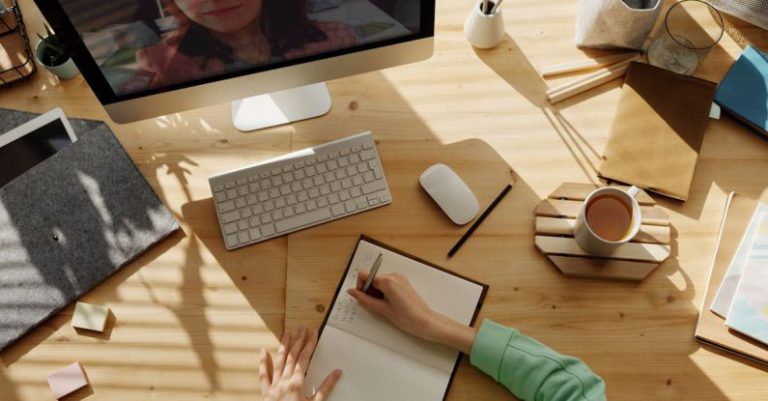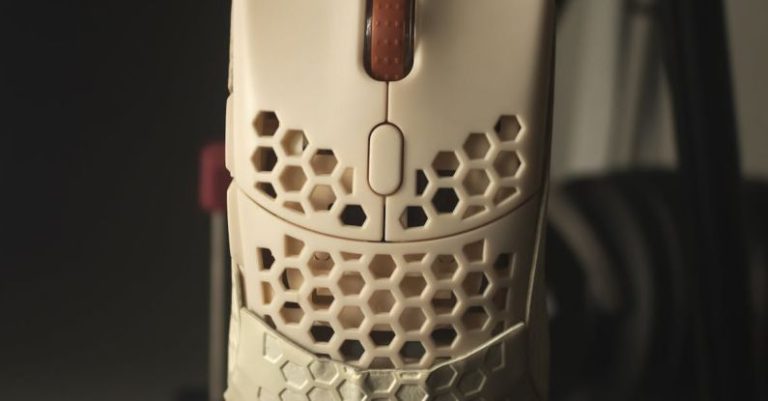How to Upgrade an Old Pc on a Tight Budget
Upgrading an old PC on a tight budget can breathe new life into your device, making it faster, more efficient, and capable of handling modern tasks. While purchasing a brand-new computer may not always be an option, there are several cost-effective ways to give your old PC a boost without breaking the bank. With a little know-how and some strategic planning, you can significantly enhance the performance of your aging machine. Here are some tips on how to upgrade an old PC on a tight budget.
**Assess Your Needs**
Before diving into the world of PC upgrades, take a moment to assess your needs and priorities. Identify the specific aspects of your computer that are underperforming or causing frustration. Are you experiencing slow boot times? Laggy performance when running multiple applications? Difficulty running the latest software? Understanding your requirements will help you prioritize which components to upgrade and ensure that you get the most bang for your buck.
**Upgrade Your RAM**
One of the most cost-effective ways to improve the performance of an old PC is by upgrading its RAM. Adding more memory can help your computer run more smoothly, especially when multitasking or running memory-intensive applications. Check your PC’s specifications to determine the type and amount of RAM it supports, and then look for compatible upgrades online or at your local computer store. Installing additional RAM is relatively easy and can make a noticeable difference in performance.
**Upgrade Your Storage**
If your old PC is still using a traditional hard drive, consider upgrading to a solid-state drive (SSD). SSDs are significantly faster than traditional hard drives, resulting in quicker boot times, faster application loading, and overall snappier performance. While SSDs used to be quite expensive, prices have dropped in recent years, making them a more affordable upgrade option. Look for sales or discounts to get the best deal on an SSD that fits your storage needs.
**Clean Up Your Software**
Before splurging on new hardware upgrades, consider optimizing your existing software to improve your PC’s performance. Uninstall unnecessary programs, remove temporary files, and run disk cleanup and defragmentation tools to free up space and organize your files more efficiently. Consider switching to lightweight or open-source software alternatives that consume fewer system resources. Regularly updating your operating system and drivers can also help ensure that your PC runs smoothly and securely.
**Upgrade Your Graphics Card**
If you use your PC for gaming or graphic design work, upgrading your graphics card can significantly enhance performance and visual quality. While high-end graphics cards can be expensive, there are budget-friendly options available that offer a decent performance boost without breaking the bank. Look for sales or refurbished models to get the best value for your money. Installing a new graphics card is slightly more involved than upgrading RAM or storage but can make a noticeable difference in your PC’s capabilities.
**Revamp Your Cooling System**
Over time, dust and debris can accumulate inside your PC, leading to overheating and decreased performance. Cleaning out your PC’s cooling system can help prevent thermal throttling and ensure that your components operate at optimal temperatures. Consider adding additional case fans or upgrading your CPU cooler to improve airflow and cooling efficiency. Properly maintaining your PC’s cooling system can prolong its lifespan and prevent hardware failures due to overheating.
**Final Thoughts**
Upgrading an old PC on a tight budget may seem like a daunting task, but with a bit of research and planning, it’s entirely achievable. By focusing on cost-effective upgrades that address your specific needs, you can breathe new life into your aging machine without breaking the bank. Whether you’re boosting your RAM, upgrading your storage, or revamping your cooling system, there are plenty of ways to give your old PC a performance boost. With a little effort and creativity, you can enjoy a faster, more efficient computing experience without spending a fortune.






